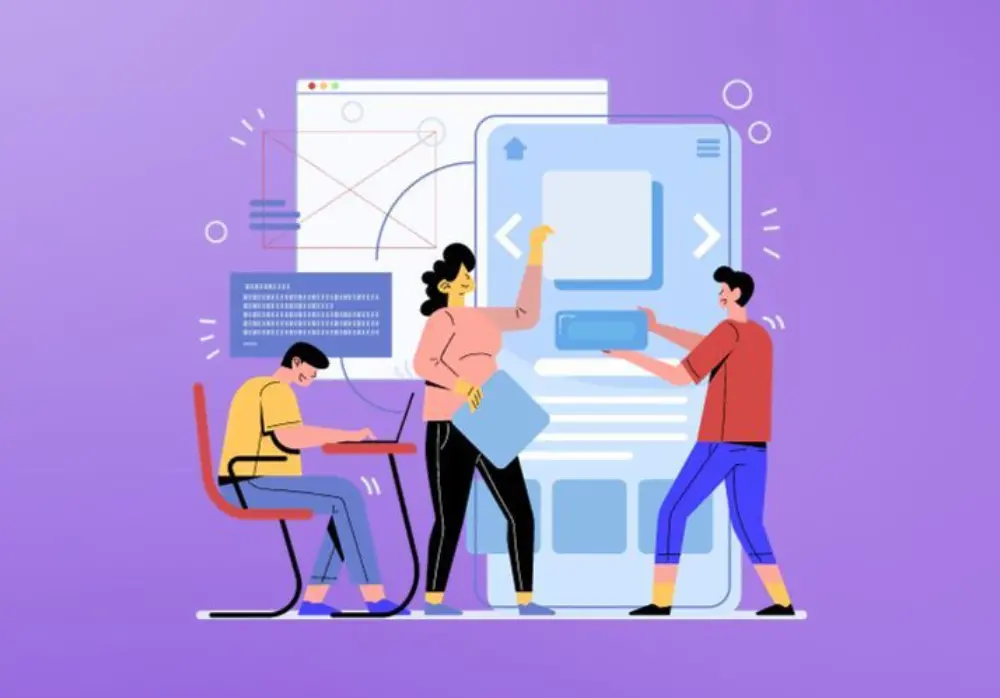9 Critical UX Skills and How to Develop Them
Few fields offer more growth opportunities than user experience (UX). User experience roles are considered some of the best jobs in America, according to CNN. Entering this promising industry requires the right training and skills to meet rising business demands.
Defining UX Design
UX describes all interactions a customer has with a company, its services, and its products, as explained by the Nielsen Norman Group. Designers specializing in UX work to ensure all points of contact, from the opening of a product’s box to the layout of its digital interfaces, are easy and enjoyable to navigate. The skills needed for UX design are varied, stemming from areas such as graphic design, psychology, engineering, and marketing. UX designers must cultivate a combination of applied and soft skills to excel.
Applied Skills for UX Designers
When students possess an applied skill, they have knowledge of a specific competency. This might, for example, mean gaining familiarity with UX tools such as Adobe Creative Suite. UX designers can benefit from mastering these five applied skills.
1. Research
To effectively perform their jobs, UX designers must understand what their audiences want and how they view the world. This means mastering the ability to plan, conduct, and analyze findings from a variety of research methods, as explained by UXmatters. Aptitudes in user testing and analytical research are particularly helpful.
2. Information Architecture
Information architecture involves organizing information in an understandable manner. Applicable to websites, apps, software, printed materials, and even physical spaces, information architecture may include systems like labeling, navigation, and search functions. A well-organized structure ensures users can easily find the information they need.
3. Wireframing
A wireframe is a blueprint for each screen of an interface. Its main purpose is to show how something works, not how it looks. Wireframing defines the elements that need to be present from page to page. It includes all the interface components needed for all possible interactions and is generally designed in grayscale, using boxes and lines.
4. Prototyping
Prototypes allow designers to test functionality. They help ensure there is a match between a system and its users before construction on the final product begins. Prototypes allow designers to test both page functionality and overall navigation. As problems are identified, the UX designer may go through several iterations before landing on a design that meets both business and user goals. UX designers should have the ability to prototype quickly and effectively.
5. Visual Design
A strong visual design skill set is essential for creating appealing and functional user interfaces. This includes understanding color theory, typography, and layout principles. Mastering visual design helps UX designers create aesthetically pleasing interfaces that enhance user experience and satisfaction.
Soft Skills for UX Designers
In addition to mastering technical requirements, UX designers must have certain “soft skills,” or aptitudes applied to multiple work settings. These might include qualities such as adaptability or self-awareness. “Soft” UX design skills may include the following.
6. Curiosity
Professionals who are curious have the capacity to engage with clients, products, and challenges in meaningful ways. Curiosity leads to asking insightful questions, active listening, and engaging more deeply with problems. UX is a consistently changing field. Developing a sense of curiosity helps designers keep up with the latest trends and technologies.
7. Empathy
Empathy is the ability to understand and feel the emotions of others. UX emphasizes a positive customer experience. That’s why the best UX designers take the time to learn about people and their inclinations. A deep understanding of end users allows designers to create products that truly engage and delight.
8. Communication
Communication is essential in UX. Designers must convey product ideas, explain the thinking behind designs, and work with other teams. Their work also requires elements of storytelling. Effective communication skills help designers create, collaborate, adapt, and improve products and systems with ease.
9. Collaboration
Good UX design means incorporating the ideas of developers, clients, and team members. UX designers need to effectively give and receive feedback, explore solutions, and incorporate the expertise and needs of everyone involved in a project to create the best products possible.
How to Improve UX Design Skills
If you want to gain an edge in the UX industry, you have numerous options available.
Consider an Online Degree Program
Online degree programs provide you with groundwork to base your career on. The digital format of online programs offers invaluable hands-on training. Earning higher education credentials also provides a boost in your job search. However, beware of short-term programs. Learning UX for a week might be interesting, but it won’t necessarily help build the foundation for a successful career.
Build a Network
Knowing other UX professionals means opportunities for professional development and employment. Societies such as the User Experience Professionals Association or AIGA (the professional association for design) can provide valuable support and community.
Perhaps the best way to improve your UX design skills is to enroll in a university degree program. At Lesley University, you can find the resources you need to establish your UX career.
UX Design and You
At Lesley University, the online BS in Design for User Experience equips students with the training they need to influence and inspire in the field of UX. Students will learn how to research, interpret, conceptualize, and design interfaces that create more holistic and interconnected user experiences. This asynchronous, interdisciplinary program allows students to begin or refocus their careers to successfully work in a wide array of contexts and work environments.

